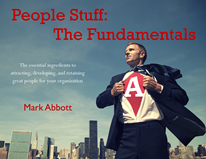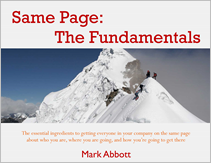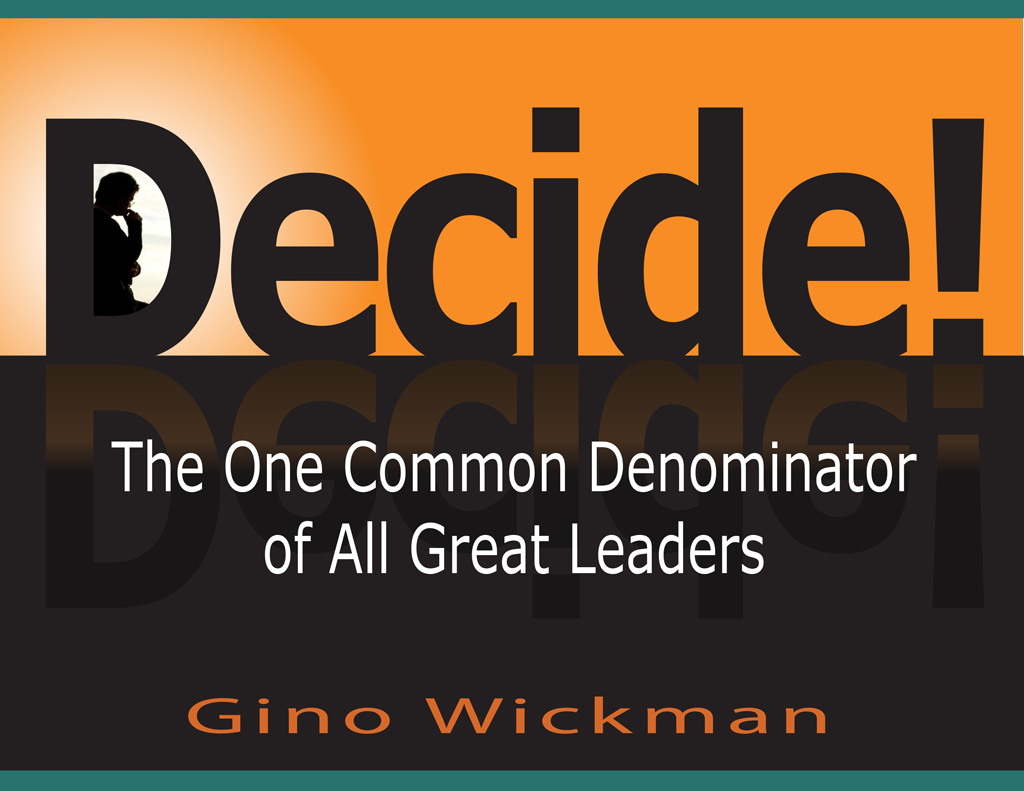“The aim of marketing is to know and understand the customer so well the product or service fits him and sells itself.”
Peter Drucker
After working with over 850 companies, our experience has taught us that a couple of the biggest problems most small businesses face are trying to reach huge audiences with few resources and/or trying to be all things to all people. We didn’t need to study Ries and Trout to know we cannot be all things to all people. No, we know we don’t need them all and we know we don’t want them all. However, we do need to have a Target Market, and it is helpful if our Message is consistent with Who We Are (our Core Values), What We Are (Our Core Focus™), and Where We are Going (our 10-Year Target™).
The good news is, most of our clients are clear about what their Ideal Client looks like and why he or she is attracted to what they are selling. The bad news is, they still tend to try to be all things to all people within a market, and consequently they tend to lack a Crystal Clear Message.
A large part of the all things to all people problem exists because most leadership teams are concerned that a narrower, crystal clear definition of their Target Market may make it too small and uneconomical or limit their opportunities. Our experience suggests this is rarely the case after they have gone through a process where they create what we call The List.
So what is The List? As shared earlier, most companies actually have a pretty clear sense of what their Ideal Client looks like and why he or she is attracted to what they are selling. The List is created by simply defining your Ideal Customer – including demographic, geographic, and psychographic information. Then using this criteria, to create a filter through which you pour all of the companies that are potential buyers of your products and/or services.
Once you have your version of The List, chances are you will have a sizable Target Market. Additionally, you will find it much easier to focus your entire organizational being– your marketing resources, your sales efforts, your client services, your operations, etc. — on wooing prospects and delighting clients. Moreover, you will find it significantly easier to confidently disqualify all of the rest. After all, one of the keys to being a great marketer is having the ability to swiftly disqualify prospects that just aren’t going to buy what you are selling. Research says, the wrong prospects will drain you dry if you let them.
Now that you have your Ideal Client clearly identified and are confident there are more than enough of them for you to hit your 10-Year Target, all you need to do is create a Message that captures what we call your Three Uniques — your list of three to five items you have to offer, that collectively no one else can. Sure, other companies will offer one of them, and maybe a couple will offer two of them. However, no one else is offering the same combination of the three, four, or five things that you do. Now all you have to do is focus all of your efforts on finding and nurturing your relationship with every one of those companies and prospects that value your Three Uniques-based selling (aka value) proposition and great things will happen.
Finally, if you really want to separate your company from the pack, provide a guarantee or promise that eliminates a key objection to buying your product. Your goal is to cut through the fear of marketing hype and put the minds of your prospective clients at ease.
That, in a nutshell, is all it takes to create a compelling Marketing Strategy. Simply put, do less better.
“Doing business without advertising is like winking at a girl in the dark. You know what you are doing but nobody else does.”
Steuart Henderson Britt
Until next time, may you build with passion and confidence.




